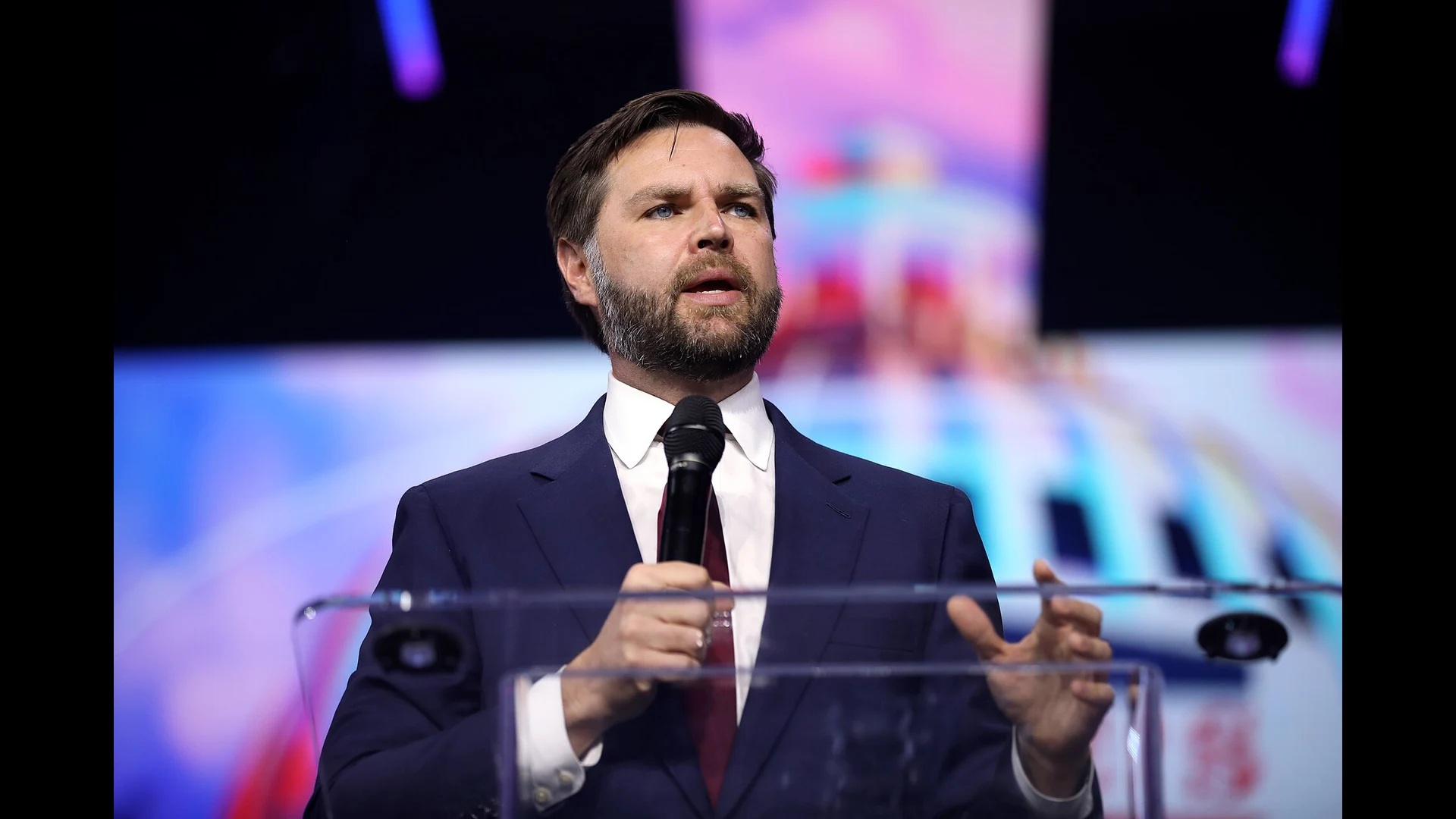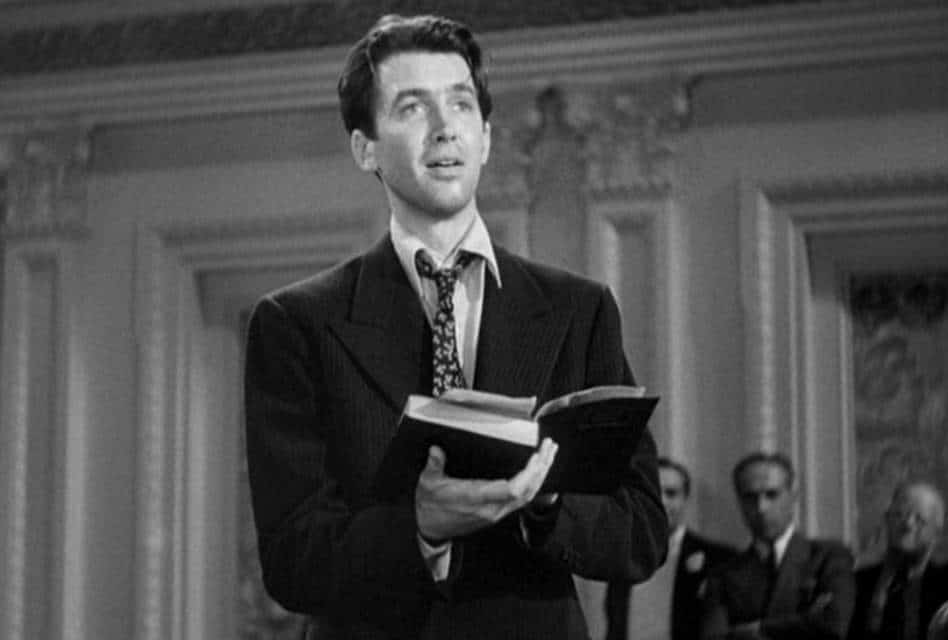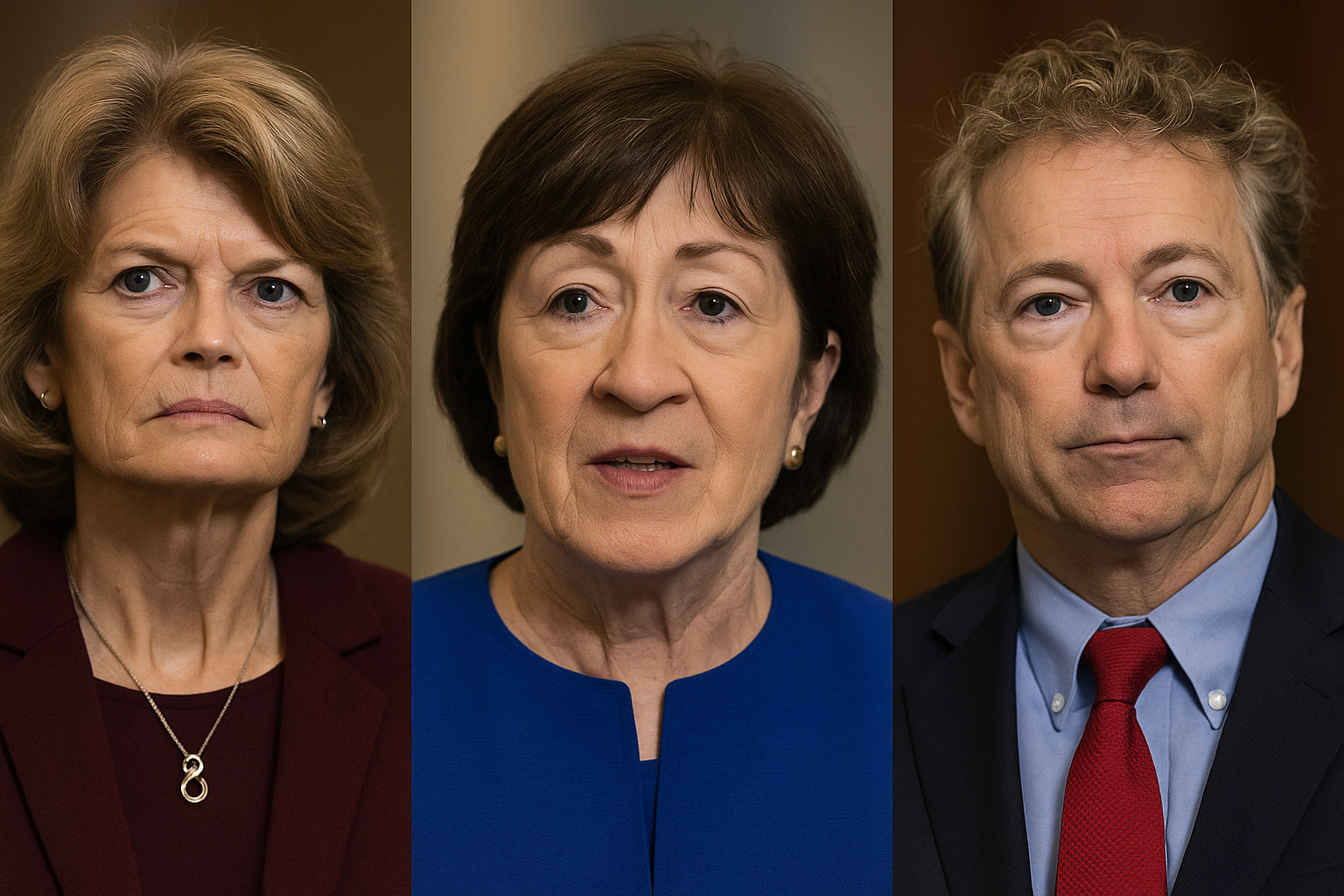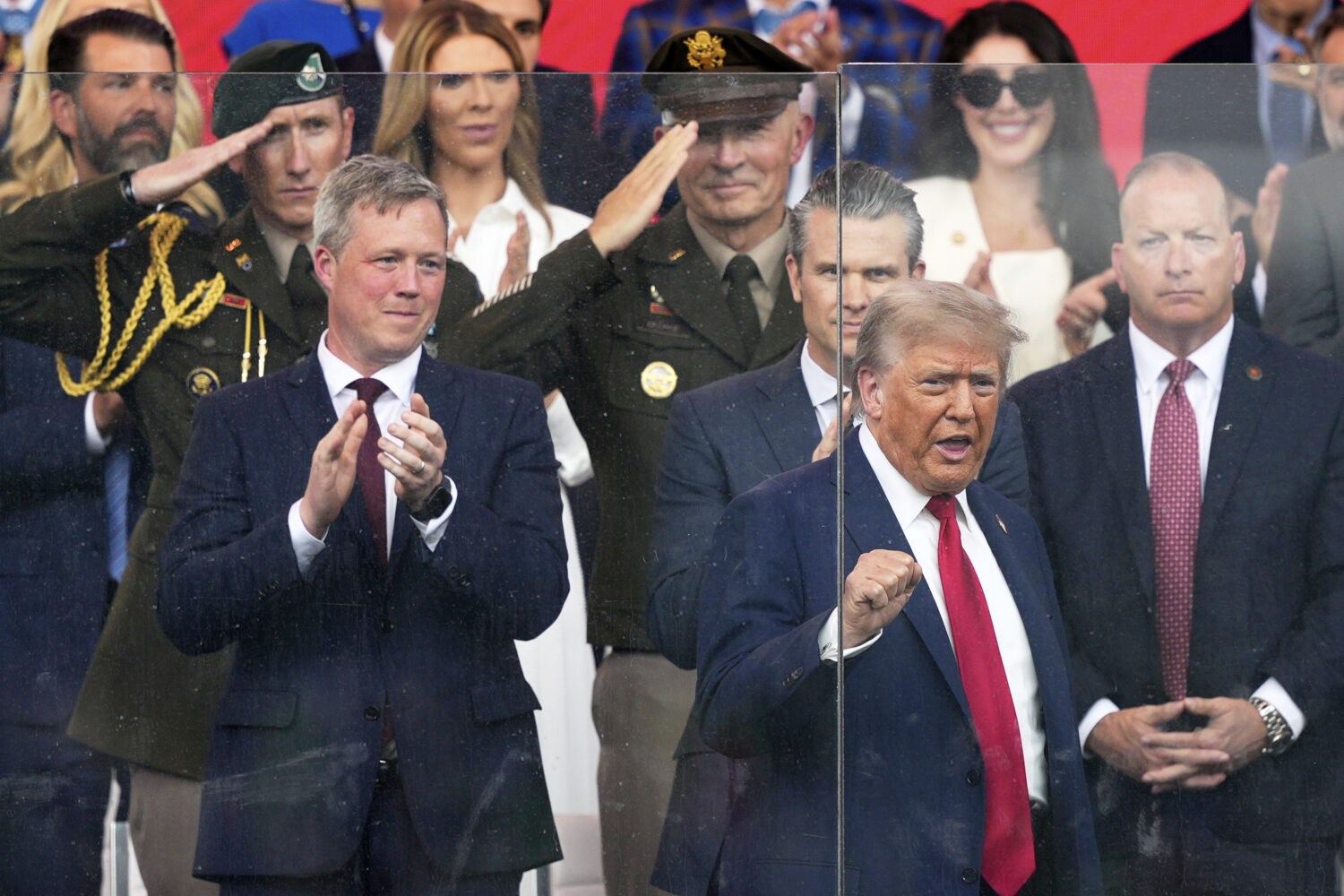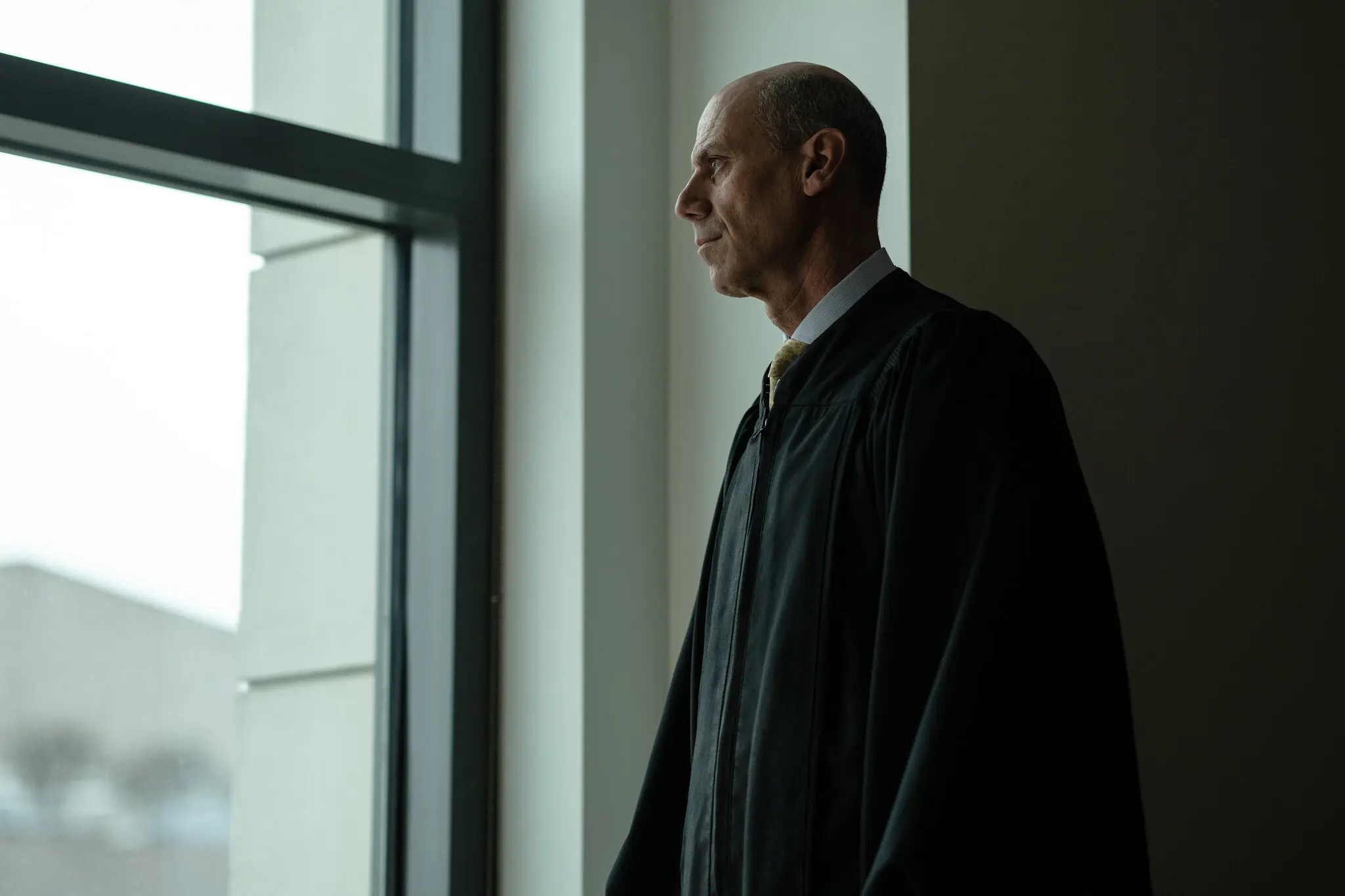No sooner had the White House announced that the so-called “death photos” of Osama bin Laden would not be released to the public than the debate began about the right and wrong of such a decision.
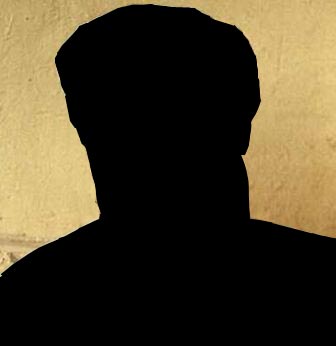
CNN’s Piers Morgan had an energetic exchange Wednesday night between New York Times reporter Nick Kristof, former Chief Prosecutor at Guantanamo Colonel Morris Davis, and legal scholar Alan Dershowitz.
“I think it’s a terrible mistake,” said Dershowitz in not releasing the photos. “This should not be a decision relegated to the president alone. It makes a terrible precedent.”
Surprisingly, Times reporter Kristof came down on the side of withholding the photos from publication. “It certainly seems to me that indeed this would inflame international opinion…”
“I don’t see any upside…” Col. Morris added.
“What do we really gain by seeing such photos?” Morgan asks.
Dershowitz countered with a familiar legal point. “Under the First Amendment, that’s the wrong question. We never ask the question, ‘What do we gain by publishing it?’ Publishing has its own interests. We always resolve doubts by putting information forward.
“This is not information about secrets. This is information the president has decided to suppress because he believes that it will incite violence. There was no violence incited when we released photographs of Saddam Hussein. I think that’s speculation. In any event, what [Supreme Court Justice] Brandeis said many years ago that the best disinfectant is sunlight, ought to be the presumption and the rule.”
It’s interesting that Dershowitz cites the Brandeis example. In the 1932 case of Packer Corporation v. Utah, Brandeis put forth an exception to the right to free speech. According to theopinion of the court, “Brandeis found a clear distinction between advertising placed in newspapers and magazines with those placed on public billboards. The case was a notable exception and dealt with a conflict between widespread First Amendment rights with the public’s right of privacy and advanced a theory of the ‘captive audience.’ Brandeis delivered the opinion of the Court to advance privacy interests.
“ ‘Advertisements of this sort,’ Brandeis wrote, ‘are constantly before the eyes of observers on the streets and in street cars to be seen without the exercise of choice or volition on their part. Other forms of advertising are ordinarily seen as a matter of choice on the part of the observer. The young people as well as the adults have the message of the billboard thrust upon them by all the arts and devices that skill can produce. In the case of newspapers and magazines, there must be some seeking by the one who is to see and read the advertisement. The radio can be turned off, but not so the billboard or street car placard.’ ”
I would argue that anyone with access to the Internet encounters much of the same invasive quality as that of a highway billboard. (Does anyone doubt that, once released, the bin Laden photos would not be in our faces?)
Further, in 1890, Brandeis and then law partner, Samuel Warren, published three articles in the Harvard Law Reviewentitled, “The Right to Privacy.”
The two discussed the use of “snapshot photography” in journalism. “The press,” they wrote, “is overstepping in every direction the obvious bounds of propriety and of decency. Gossip is no longer the resource of the idle and of the vicious, but has become a trade, which is pursued with industry as well as effrontery. To satisfy a prurient taste the details of sexual relations are spread broadcast in the columns of the daily papers….”
While the argument specifically addresses the issue of publishing candid photos of individuals, Brandeis and Warren’s focus on propriety, decency and gossip could be used regarding release of the bin Laden photos.
In the final analysis, I would argue that the question regarding the photos is not a legal question but a moral one involving both respect and responsibility — imposing a moral duty to treat all persons with privacy and dignity, as well as responsibly demonstrating self-restraint in withholding the photos for a later time when passions and prejudices would not be unnecessarily amplified.
The photos have been described by individuals who have seen them, as head shots that graphically display a gunshot wound. Those who have seen them – military, civilian, Republican, Democrat, Independent – none have even hinted at anything less than the official story put forth by the Navy SEALs that went into the compound that night.
Better to release the photos at some future time as historical record rather than to be used – and we all know they would be – in a variety of damaging ways.
Comments
